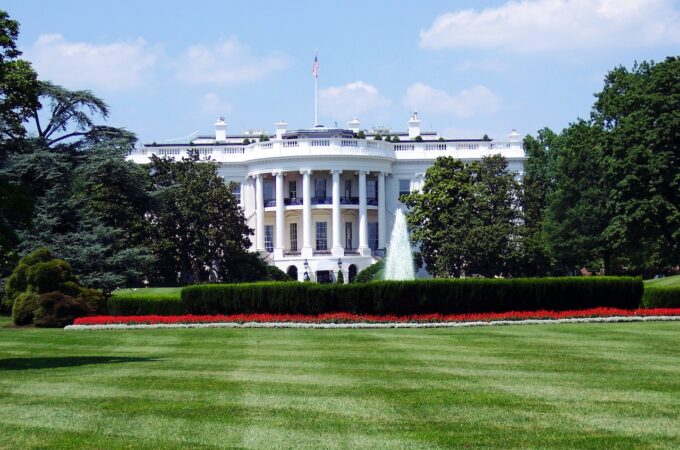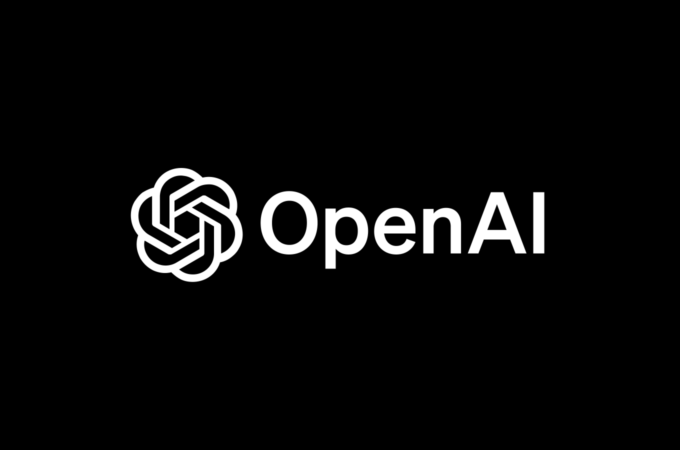
Navigating the OpenAI Leadership Transition: A Closer Look at the Unfolding Drama
In a sudden and unexpected turn of events, OpenAI, the prominent artificial intelligence (AI) startup, has found itself in the midst of a leadership crisis. The board of directors recently announced the departure of CEO Sam Altman, citing concerns about consistent candor in communications, a move that has sent shockwaves through the tech community.
The Leadership Shift
The transition in leadership at OpenAI involves the departure of Sam Altman, who had been at the helm, and the appointment of Mira Murati, the current Chief Technology Officer, as the interim CEO. This change, effective immediately, marks a significant development for the company. The board has expressed its confidence in Murati, citing her extensive experience within OpenAI, her role in the company’s evolution into a global AI leader, and her understanding of AI governance and policy.
However, Altman’s departure hasn’t been without controversy. The board’s assertion of a breakdown in communication and Altman’s subsequent removal have triggered a series of events that have captivated the tech world.
A Timeline of Turmoil
The timeline of events leading to Altman’s ousting is intricate. It begins on November 16, when a call was scheduled between Altman and Ilya Sutskever, OpenAI’s chief scientist. By November 17, Altman was notified of his firing, with the board publicly stating concerns about communication. Microsoft, a significant investor, reassured its commitment to the partnership despite the leadership change.
The aftermath saw resignations, including that of Greg Brockman, OpenAI’s President and Co-founder, raising questions about the company’s stability. Reports surfaced about Microsoft’s CEO, Satya Nadella, being “furious” with Altman’s removal, pushing for reconsideration. As the drama unfolded, a potential reinstatement of Altman was discussed, involving an apology from the board.
On November 19, Emmett Shear, former Twitch co-founder, was appointed as the new CEO, thwarting hopes of Altman’s return. This decision led to further resignations, with Altman and Brockman leaving to join a new advanced AI research team at Microsoft.
Employee Revolt and Investor Pressure
The shockwaves extended within the company, with 95% of OpenAI’s employees signing a letter threatening to quit in protest. The letter demanded Altman’s reinstatement, Brockman’s return, and the resignation of the board. The lack of detailed justification for Altman’s firing left many employees in the dark, contributing to the unrest.
Investors, including Microsoft, found themselves in a precarious situation, navigating the fallout and pushing for changes in governance. Thrive Capital, Khosla Ventures, Tiger Global Management, and Sequoia Capital aggressively advocated for Altman’s return, seeking to resolve the crisis before Thanksgiving.
Current Negotiations and Future Prospects
As of the latest reports, talks are underway between Altman and the board for a possible return, with various scenarios being discussed. Potential compromises include Altman returning as a director on a transitional board or alongside Bret Taylor, former Salesforce Inc. co-CEO. The involvement of major investors in these negotiations underscores the significance of Altman’s role and the desire for a swift resolution.
The developments at OpenAI, once hailed as a trailblazer in AI, now serve as a cautionary tale about the challenges of managing rapid growth, commercial success, and the delicate balance between nonprofit ideals and for-profit strategies.
The future of OpenAI remains uncertain, with the company facing internal discord, external scrutiny, and a need for transparent communication to rebuild trust. The ongoing negotiations will likely determine not only Altman’s role but also the trajectory of OpenAI in the evolving landscape of artificial intelligence. As the drama continues to unfold, the tech community watches with keen interest, recognizing that the outcome may set precedents for how AI organizations navigate leadership transitions in the future.





